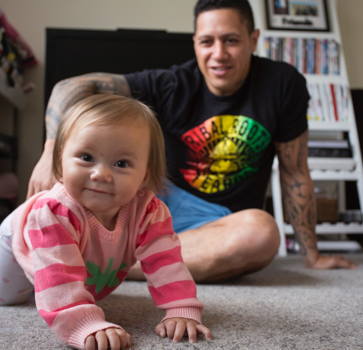Separating
Making a separation agreement
You don’t need the other person to agree to separate. If you decide to end the relationship, this is enough – regardless of what the other person wants.
If you’re thinking of leaving your partner, and you have concerns about your safety, please reach out to support organisations (see: “Where to go for more support” at the bottom of this page). You can also read more about your options at “Family violence and elder abuse”.
Why make a separation agreement?
Family Proceedings Act 1980, s 39(3)
A separation agreement is an agreement that says that you and your partner have decided to break up. You don’t have to have a separation agreement, but it can be a useful record of the decisions the two of you make when you separate – for example, about:
- arrangements for care of children (see: “Care arrangements when parents have separated”)
- how you’ll divide up your property
- any agreement for financial support (“maintenance”) by one of you for the other.
The agreement usually includes the date on which you agreed to separate. If you are married or in a civil union and you later decide to apply for a divorce (“dissolution”), you can use the separation agreement as evidence that you’ve lived apart for the necessary two years (see: “Divorce: Getting a Dissolution Order”).
How do we make a separation agreement?
Property (Relationships) Act 1976, ss 21A, 21F Family Court Act 1980, s 15(c)
You can write up your own separation agreement. If your agreement is going to deal with relationship property, it has to follow the form required by the Property (Relationships) Act:
- it has to be in writing and signed by each of you, and
- each of you must have had independent legal advice, and
- each of your signatures must be witnessed by a lawyer, and
- the lawyer who witnesses your signature has to certify that they explained to you about the effect and implications of the agreement.
You can register your separation agreement with the Family Court, as a “Consent Order”. This means that if anything goes wrong, it can be enforced in the same way as a court order.
The law dealing with couples and break-ups still formally includes the concept of a “Separation Order”. This is an order made by a Family Court Judge saying that there’s such a “state of disharmony” between a married or civil union couple that there’s now no “obligation” for them to live together. Separation Orders are now almost never made, as they’re an old-fashioned concept that has little relevance to modern New Zealand life. However, separation agreements (see above) continue to be used as a practical way for couples to record the decisions they make when they split up.

